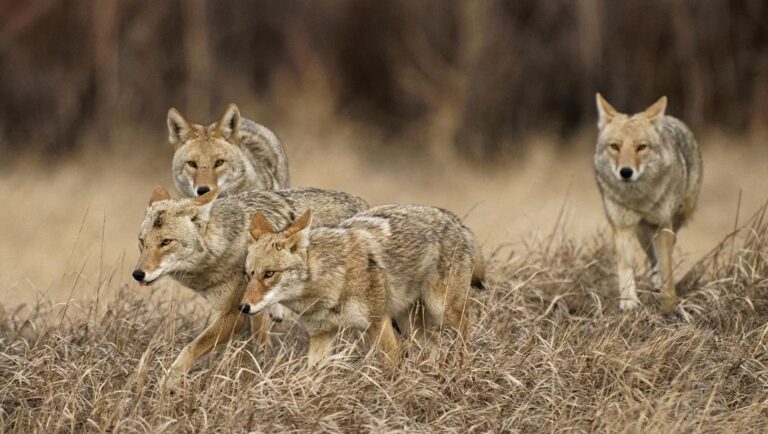Coyotes often capture attention, spotted in the wild or near your home.
Have you wondered how they hunt? Do they rely on their own skills or work together?
Let’s explore the truth about these clever animals and uncover what makes them unique hunters.
How Coyotes Hunt: Solo or Together?
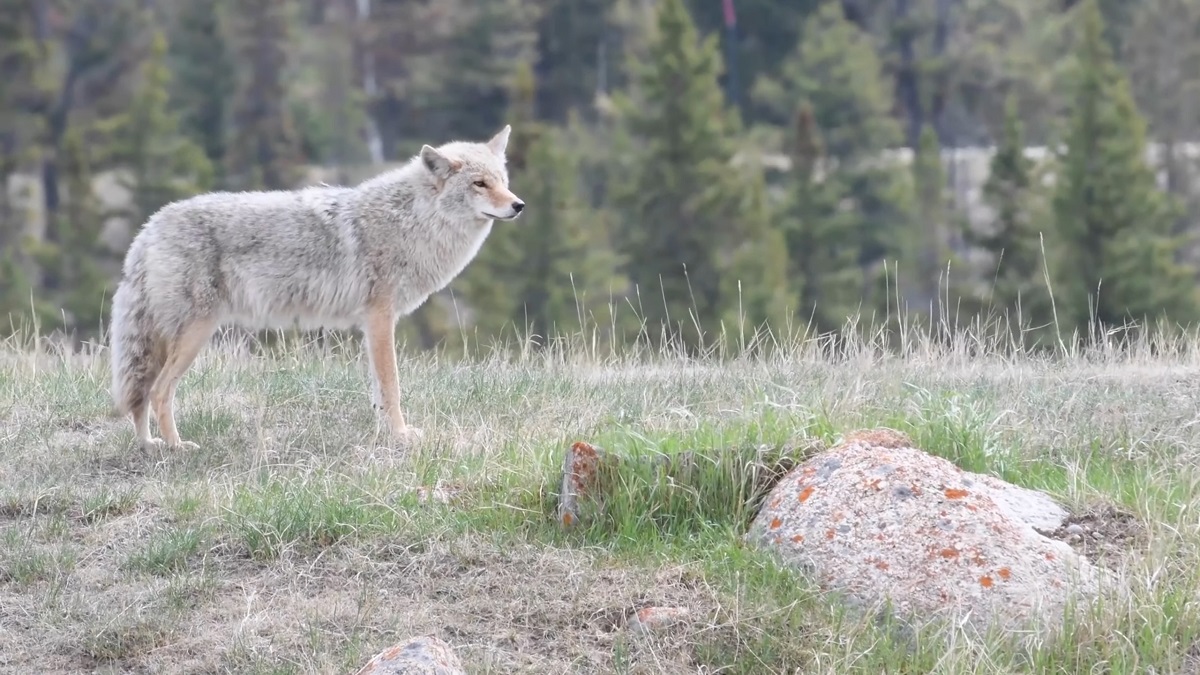
Coyotes are highly versatile hunters. Most of the time, they prefer hunting alone, relying on their sharp senses and stealth to catch small prey like mice, rabbits, or birds.
Hunting solo allows them to be efficient when chasing smaller animals that do not require teamwork.
However, they occasionally work together. When facing larger prey, like deer or moose, they may cooperate in pairs or small groups to increase their chances of success. These situations are rare but show how these animals can adapt their hunting strategies based on the challenge they face.
Their ability to switch between solo and group tactics highlights their intelligence and flexibility as predators.
When Do Coyotes Work in Pairs or Groups?
These animals are often seen as solitary hunters, but there are times when they rely on cooperation to achieve their goals. Pair or group hunting tends to occur under specific circumstances, usually driven by the type of prey, environmental factors, or pack dynamics.
When Hunting Larger Prey
They may team up when targeting animals larger than themselves. Prey like deer or moose demands more effort and strategic planning.
In these cases, coyotes often coordinate their movements, with one acting as a distractor while others attack from different angles. This approach increases their chances of success while minimizing individual risk.
When Teaching Pups to Hunt
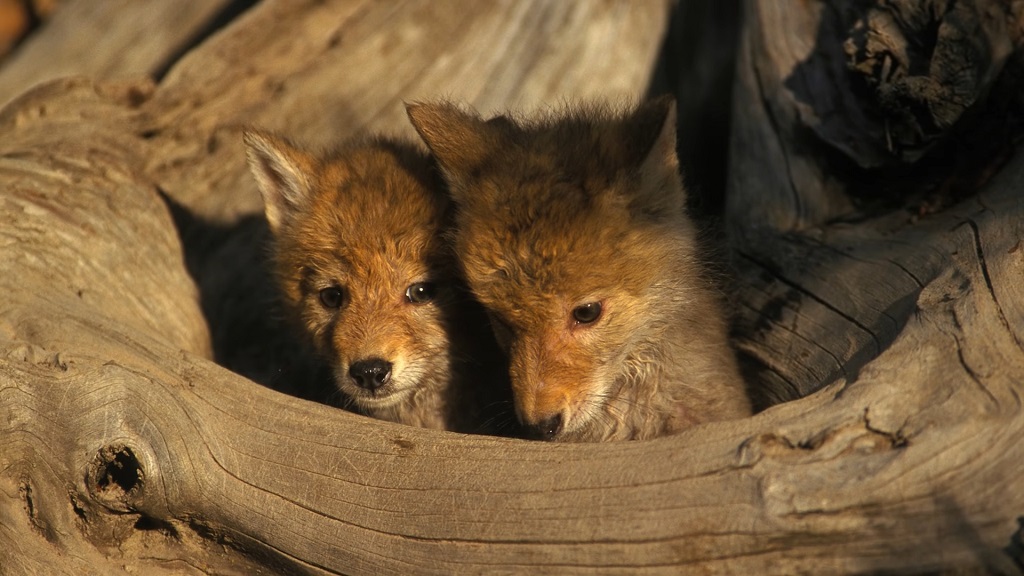
When pups reach a certain age, adult coyotes teach them critical survival skills, including hunting. During this time, the pack may hunt together. This serves as a training exercise for the pups, allowing them to learn techniques by observing and participating in group hunts. These training sessions are temporary, as pups eventually leave the pack to establish their own territory.
Insights from Observations and Studies
Studies, such as one conducted in southeastern Ontario, have documented instances of coyotes working together to hunt larger prey. In one example, multiple coyotes successfully brought down a moose. While not their usual behavior, these events highlight their adaptability and capacity for teamwork.
Field observations also reveal that coyotes in urban settings may collaborate when scavenging food. Garbage bins, dumpsters, or pet food left outside can draw multiple coyotes to a single location. Although not traditional hunting, this form of group behavior still reflects their opportunistic nature.
What Drives Them to Hunt Alone?
Coyotes are known for their independent nature, and solo hunting is their most common approach. This behavior aligns with their preference for small prey and efficient use of resources.
Efficiency in Solo Hunting
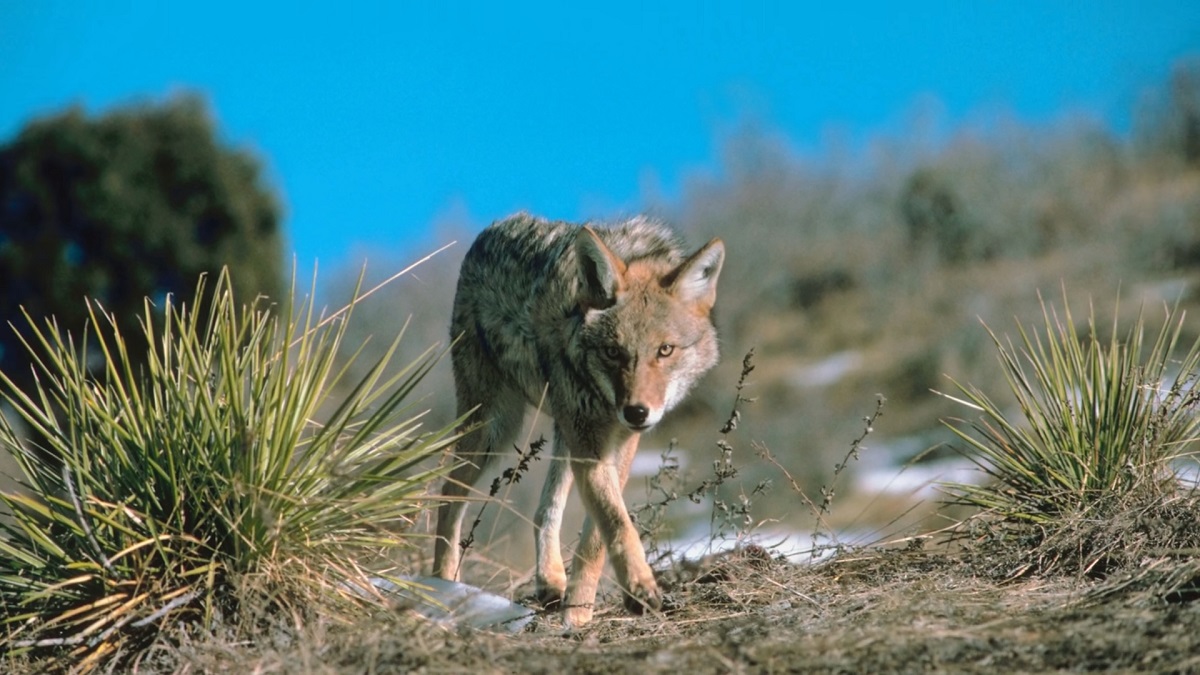
Most of the coyote’s diet consists of small animals like mice, voles, and rabbits. These creatures are easy to catch alone, requiring minimal energy and no need for teamwork. Hunting solo allows coyotes to roam freely and adjust to the environment without waiting for others.
They Prefer Avoiding Competition
In many cases, hunting alone helps reduce competition within the pack. Sharing prey may not always be practical, especially when resources are limited. Coyotes prioritize their survival by seeking food independently.
How They Communicate While Hunting?
Communication plays a vital role in coyote behavior, whether hunting alone or in groups. Their vocalizations and body language help coordinate efforts and maintain pack unity.
Vocal Communication
Coyotes use various sounds to communicate. Howls signal long-distance messages, helping pack members locate one another. Yips often indicate social bonding, especially among younger pack members. Barks are typically warnings of threats or challenges.
Non-Verbal Signals
Coyotes rely on body language while hunting. Tail positions, ear movements, and subtle gestures convey intent and help maintain coordination during group hunts. These signals allow them to adjust their tactics in real time.
The Role of Scent Marking
Scent marking is another critical aspect of communication. They use their urine and scat to establish territories and inform others about food availability or pack boundaries. This method ensures that resources are distributed efficiently.
Why Coyotes Are Such Adaptable Hunters?
Coyotes thrive in environments ranging from deserts to urban neighborhoods, thanks to their remarkable adaptability. Their diet and hunting tactics reflect this versatility.
A Diet That Knows No Limits
Coyotes consume a wide variety of foods, from rodents and birds to fruit and insects. They can even survive on human garbage in urban areas. This dietary flexibility allows them to endure challenging conditions.
Shifting Strategies
They adapt their hunting tactics to match their surroundings. In dense forests, they use stealth to catch prey. In open fields, speed and endurance come into play. This ability to shift strategies has allowed these animals to expand their range across North America.
Thriving in Urban Areas
Coyotes are increasingly seen in suburban and urban settings. They adapt to these environments by scavenging and using man-made structures as shelter. Their ability to coexist with human activity demonstrates their resourcefulness.
Tips for Staying Safe Around Coyotes
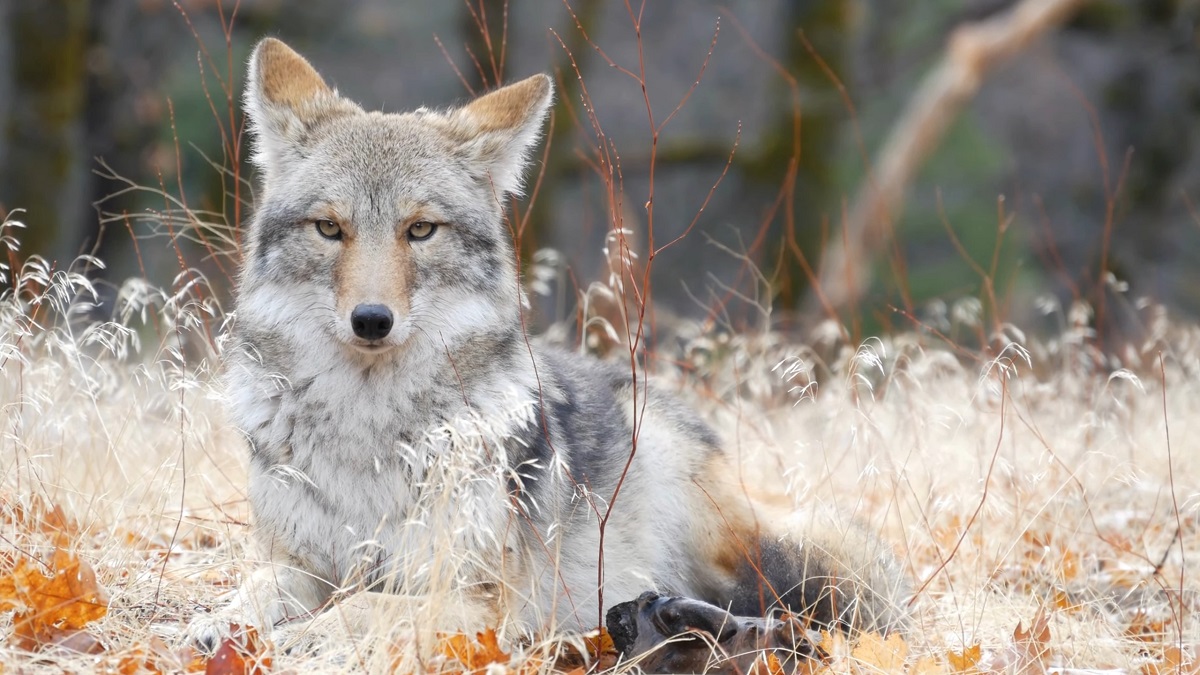
Coyotes are generally shy and avoid humans, but encounters can still occur. Knowing how to respond helps ensure safety for both people and wildlife.
Avoid Attracting Coyotes
- Secure garbage bins and avoid leaving food outside.
- Feed pets indoors to eliminate easy food sources.
- Remove fallen fruit from trees and bushes, as coyotes may eat it.
Protect Pets
- Keep small pets indoors, especially at night.
- Supervise pets when they are outside.
- Use leashes during walks to prevent pets from wandering into coyote territory.
FAQs
How Do Coyotes Choose Their Territory?
Coyotes establish territories based on resource availability and safety. Territories typically include access to food, water, and shelter. They mark boundaries with scent to warn other coyotes, ensuring minimal overlap with neighboring packs.
Do Coyotes Change Their Behavior During Mating Season?
During mating season, which occurs between January and March, coyotes become more territorial and vocal. Mated pairs spend more time together, preparing dens for pups. Mating season often leads to increased sightings as they search for secure areas to raise their young.
How Do Coyotes Adapt to Harsh Weather Conditions?
Coyotes are highly resilient to varying climates. In cold weather, they grow thicker winter coats and seek sheltered dens to stay warm. During extreme heat, they reduce activity during the day and become more active at dawn and dusk to avoid the sun.
Are Coyotes Active During the Day or Night?
Coyotes are primarily nocturnal or crepuscular, meaning they are most active during twilight hours. However, in areas with minimal human activity, they may hunt during the day. Urban coyotes often adjust their activity patterns to avoid human interaction.
The Bottom Line
Coyotes are remarkable creatures with a mix of independence and cooperation that sets them apart. Their ability to adapt to different environments, diets, and hunting strategies highlights their resilience and intelligence.
Despite their widespread presence and adaptability, they often provoke frustration or concern due to their scavenging habits and potential threats to pets and livestock. Understanding their behavior and taking precautions can help minimize conflicts, ensuring safety for people and their surroundings.

